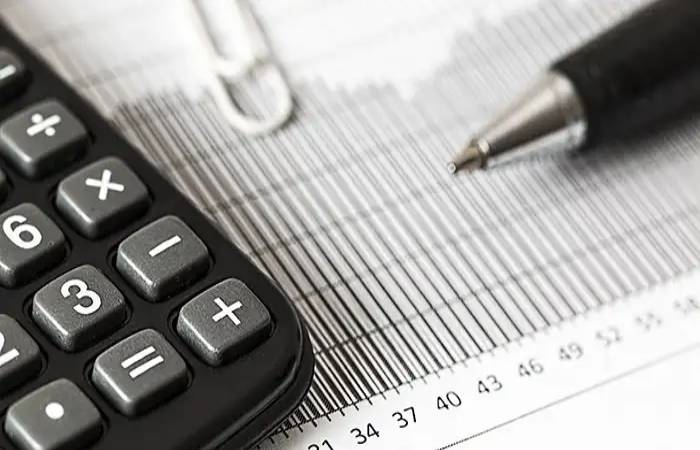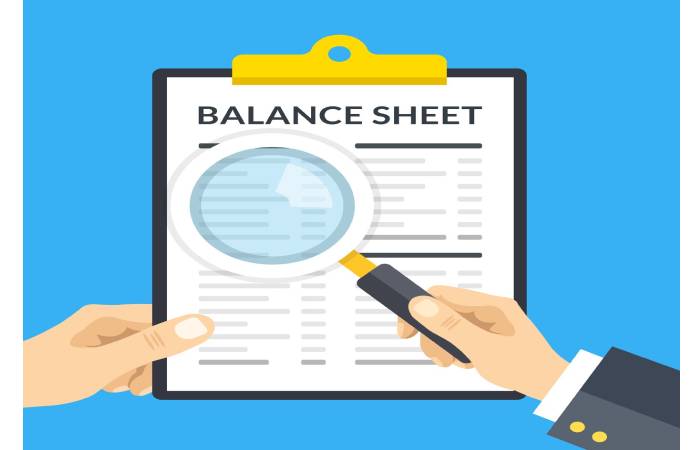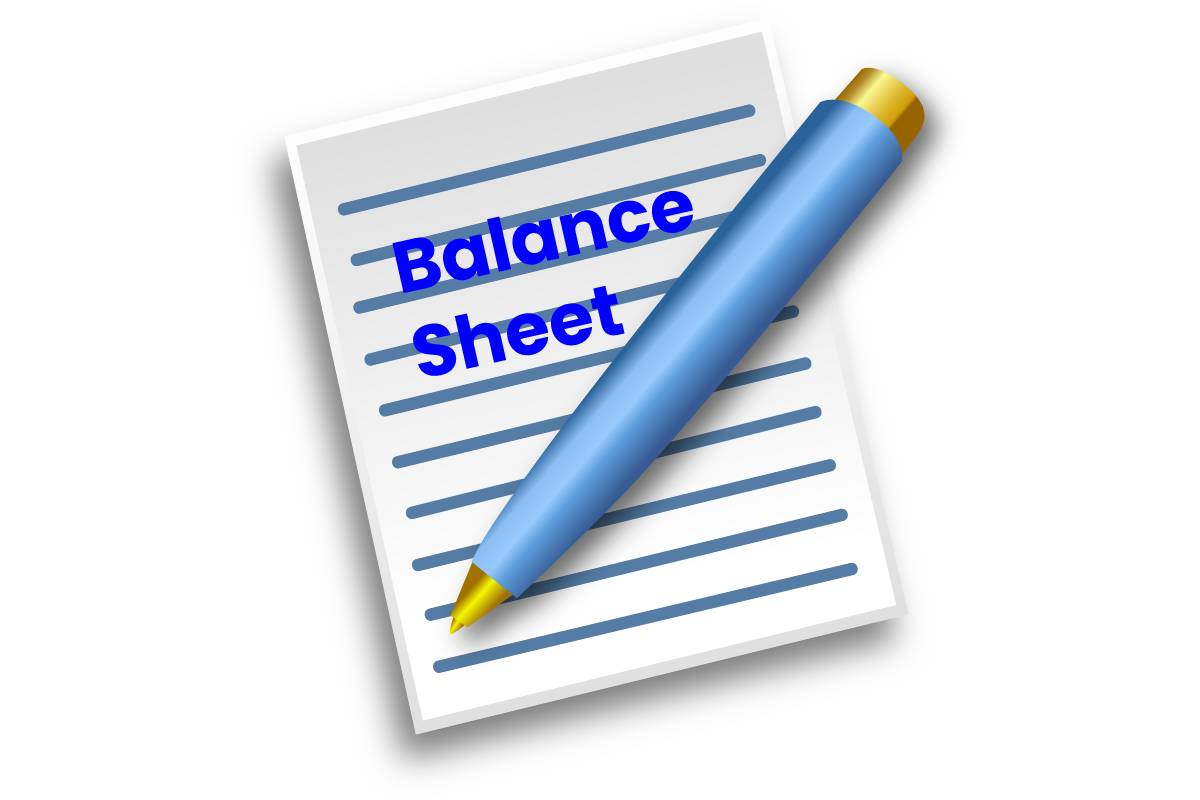Table of Contents
What Is a Balance Sheet?
A balance sheet is a financial statement that reports a company’s assets, liabilities and shareholders’ equity at a specific point in time. It provides a basis for computing rates of return and evaluating its capital structure.
It is a financial statement that provides a snapshot of what a company owns and owes and the amount invested by shareholders.
The balance sheet use alongside other important financial statements such as the income statement and statement of cash flows in conducting fundamental analysis or calculating financial ratios.
Formula Used for a Balance Sheet
The balance sheet adheres to the following accounting equation, where assets on one side and liabilities plus shareholders’ equity on the other balance out:
- Assets = Liabilities + Shareholders’ Equity
- This formula is intuitive: a company has to pay for all the things it owns (assets) by either borrowing money (taking on liabilities) or taking it from investors (issuing shareholders’ equity).
- For example, if a company takes out a five-year, $4,000 loan from a bank, its assets (specifically, the cash account) will increase by $4,000.
- Its liabilities (specifically, the long-term debt account) will also increase by $4,000, balancing the equation’s two sides.
- If the company takes $8,000 from investors, its assets will increase by that amount, as will its shareholders’ equity.
- All revenues the company generates over its expenses will go into the shareholders’ equity account.
- These revenues will be balanced on the assets side, appearing as cash, investments, inventory, or some other asset.
- Assets, liabilities and shareholders’ equity consist of several smaller accounts that break down the specifics of a company’s finances.
- These accounts vary widely by industry, and the same terms can have different implications depending on the nature of the business.
- Broadly, however, there are a few common components investors are likely to come across.
What Does a Company Balance Sheet Tell You?

The balance sheet is a snapshot representing the state of a company’s finances at the moment in time.
By itself, it cannot give a sense of the trends that are playing out over a longer period. For this reason, the balance sheet should compare with those of previous periods.
It should also compare with those of other businesses in the same industry since different industries have unique financing approaches.
Some ratios can derive from the balance sheet, helping investors get a sense of how healthy a company is. These include the debt-to-equity ratio and the acid-test ratio, along with many others.
The income statement and statement of cash flows also provide valuable context for assessing a company’s finances, making any notes or addenda in an earnings report that might refer back to the balance sheet.
1. Assets
Within the assets segment, accounts list from top to bottom in order of their liquidity – that is, the ease with which they can convert into cash.
They are divided into current assets, converted to cash in one year or less, and non-current or long-term investments, which cannot.
Here is the general order of accounts within current assets:
- Cash and cash equivalents are the most liquid assets and can include Treasury bills and short-term certificates of deposit, as well as hard currency.
- Marketable securities are equity and debt securities for which there is a liquid market.
- Accounts receivable refers to money that customers owe the company, perhaps including an allowance for doubtful accounts since a certain proportion of customers can expect not to pay.
- Inventory is goods available for sale, valued at the lower of the cost or market price.
- Prepaid expenses represent the value that has already been paid for, such as insurance, advertising contracts or rent.
Long-term assets include the following:
- Long-term investments are securities that will not or cannot liquidate in the next year.
- Fixed assets include land, machinery, equipment, buildings and other durable, generally capital-intensive assets.
- Intangible assets include non-physical (but still valuable) assets such as intellectual property and goodwill.
- In general, intangible assets only list on the balance sheet if acquired rather than developed in-house.
- Thus, their value may wildly understate by not including a globally recognized logo, for example – or just as wildly overstated.
2. Liabilities
Liabilities are the money that a company owes to outside parties, from bills it has to pay to suppliers to interest on bonds it issues to creditors to rent, utilities and salaries.
Current liabilities are due within one year and list in order of their due date. Long-term liabilities expect at any point after one year.
Current liabilities accounts might include:
- Current portion of long-term debt
- Bank indebtedness
- Interest payable
- Wages payable
- Customer prepayments
- Dividends payable and others
- Earned and unearned premiums
- Accounts payable
Long-term liabilities can consist of:
- Long-term debt: interest and principal on bonds issued
- Pension fund liability: the money a company require to pay into its employees’ retirement accounts
- Deferred tax liability: taxes that accrue but will not pay for another year (Besides timing. This figure reconciles differences between requirements for financial reporting and the way tax asses, such as depreciation calculations.)
- Some liabilities consider off the balance sheet, meaning that they will not appear on the balance sheet.
3. Shareholders’ Equity
- Shareholders’ equity is the money attributable to business owners, meaning its shareholders.
- It is also known as “net assets” since it is equivalent to a company’s total assets minus its liabilities, that is, the debt it owes to non-shareholders.
- Retained earnings are the net earnings a company either reinvests in the business or use to pay off debt; the rest distribute to shareholders in the form of dividends.
- Treasury stock is the stock a company has repurchased. It can sell at a later date to raise cash or reserved to repel a hostile takeover.
- Some companies issue preferred stock, which will list separately from common stock under shareholders’ equity.
- Preferred stock assigns an arbitrary par value – as is common stock, in some cases – that has no bearing on the market value of the shares (often, par value is just $0.01).
- The “common stock” and “preferred stock” accounts calculate by multiplying the par value by the number of shares issued.
- Additional paid-in capital or capital surplus represents the amount shareholders invest over the “common stock” or “preferred stock” accounts based on par value rather than market price.
- Shareholders’ equity does not directly relate to a company’s market capitalization. The latter base on the current price of a stock, while paid-in capital is the sum of the equity that has been purchased at any cost.
Example of a Balance Sheet

- The balance sheet is an invaluable piece of information for investors and analysts; however, it does have some drawbacks.
- Since it is just a snapshot in time, it can only use the difference between this point in time and another single point in time in the past.
- Because it is static, many financial ratios draw on data included in both the balance sheet and the more dynamic income statement. And the statement of cash flows paints a fuller picture of what’s going on with a company’s business.
- Different accounting systems and ways of dealing with depreciation. And inventories will also change the figures posted to a balance sheet.
- Because of this, managers have some ability to game the numbers to look more favourable.
- Please pay attention to the balance sheet’s footnotes to determine which systems being g used in their accounting. And look out for red flags.
Conclusion
A balance sheet is a financial statement that reports a company’s assets, liabilities and shareholders’ equity.
The balance sheet one of the three (income statement and statement of cash flows being the other two) core financial statements used to evaluate a business.
The balance sheet is a snapshot representing the state of a company’s finances (what it owns and owes) as of publication date.
Fundamental analysts use balance sheets, in conjunction with other financial statements, to calculate financial ratios.


